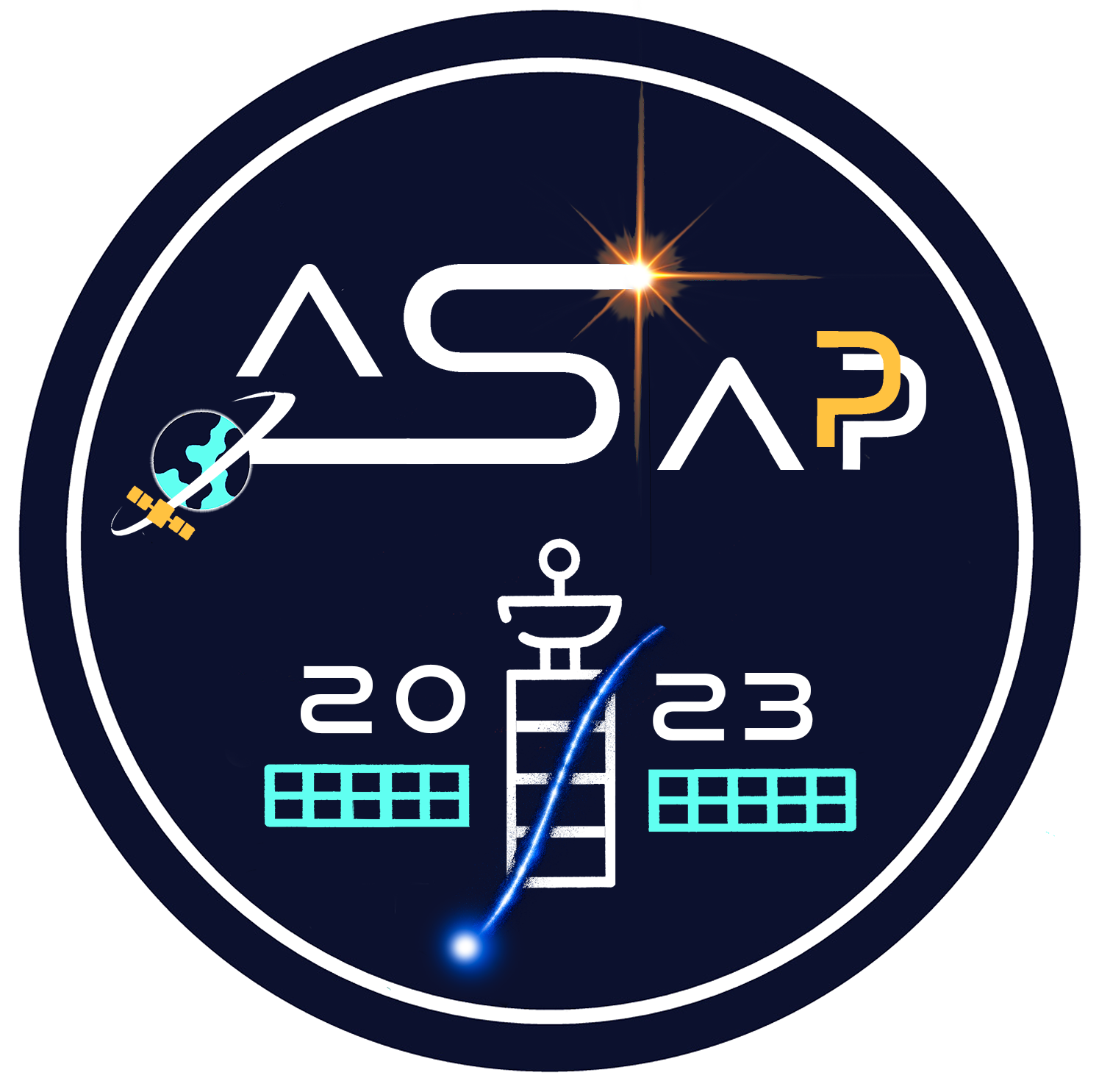Conveners
Direct Low-energy Cosmic-Ray Measurements
- Xin Wu (Universite de Geneve (CH))
Direct Low-energy Cosmic-Ray Measurements
- Roberta Sparvoli
CSES (China Seismo-Electromagnetic Satellite) is a sophisticated multi-channel space observatory. The main scientific objectives of the missions are: the extension of Cosmic Ray measurements at low energy, the investigation of perturbations in the ionosphere/magnetosphere caused by natural sources or anthropic emitters and the study of solar-terrestrial interactions.
The first satellite...
We present the acquisition and trigger system for the HEPD-02 calorimeter that will be used onboard the CSES-02 satellite for the CSES/Limadou mission.
This mission arises from the collaboration between the Chinese Space Agency (CNSA) and the Italian Space Agency (ASI) and foresees the first constellation of satellites which will monitor ionospheric parameters that could be related to...
Hybrid pixel detectors (HPD) of Timepix [1,2] technology have become increasingly interesting for space applications. While up to date, common space radiation monitors rely on silicon diodes, achieving particle (mainly electron and proton) separation by pulse-height analysis, detector stacking, shielding or electron removal by a magnetic field, the key advantage of HPDs is that, in addition to...
The Penetrating Particle Analyzer (PAN) is an instrument conceived to precisely measure the flux, composition and arrival direction of highly penetrating particles in space of energy ranging from 100 MeV/n to 20 GeV/n. Precise measurements of their energy spectra and composition are of great interest to study Solar Modulation of Cosmic Rays, to characterise SEPs, as well as the radiation...
The Radiation Environment Monitor for Energetic Cosmic rays (REMEC) is one of the missions selected by ESA in the frame of Czech ambitious missions programme to conduct phase 0, A, B studies of missions built and operated by Czech companies and research organizations. REMEC is a microsatellite proposed to be placed outside of Earth’s magnetosphere in Sun-Earth L2 point where it will precisely...
The detector systems required to study the radiation environment in a space habitat share several features with detector technologies used in the studies of cosmic radiation. However, being the properties of radiation fields inside space habitats different than those in open space, space habitat radiation monitoring instruments require different optimization strategies.
The major...
Space Weather investigations mainly focus on the Sun’s activity and solar-terrestrial relationships. However, ionospheric perturbations are also observed during periods of absent solar activity. Galactic magnetar flaring and gamma-ray bursts are observed to be at the origin of these ionospheric disturbances. We discuss the possible applications for high-energy astrophysics of a hydrogenated...
NUSES is a new space mission aiming to test innovative observational and technological approaches related to the study of low energy cosmic and gamma rays, high energy astrophysical neutrinos, Sun-Earth environment, Space weather and magnetosphere-ionosphere-lithosphere coupling (MILC). The satellite will host two payloads: Terzina and Zirè.
While Terzina will focus on space based detection...
Two scientific payloads will be hosted onboard the NUSES space mission: Terzina and Zirè.
Terzina will be an optical telescope readout by SiPM arrays, for the detection and study of Cerenkov light emitted by Extensive Air Showers generated by high energy cosmic rays and neutrinos in the atmosphere.
Zirè will focus on the detection of protons and electrons up to few hundred MeV and to 0.1-10...
